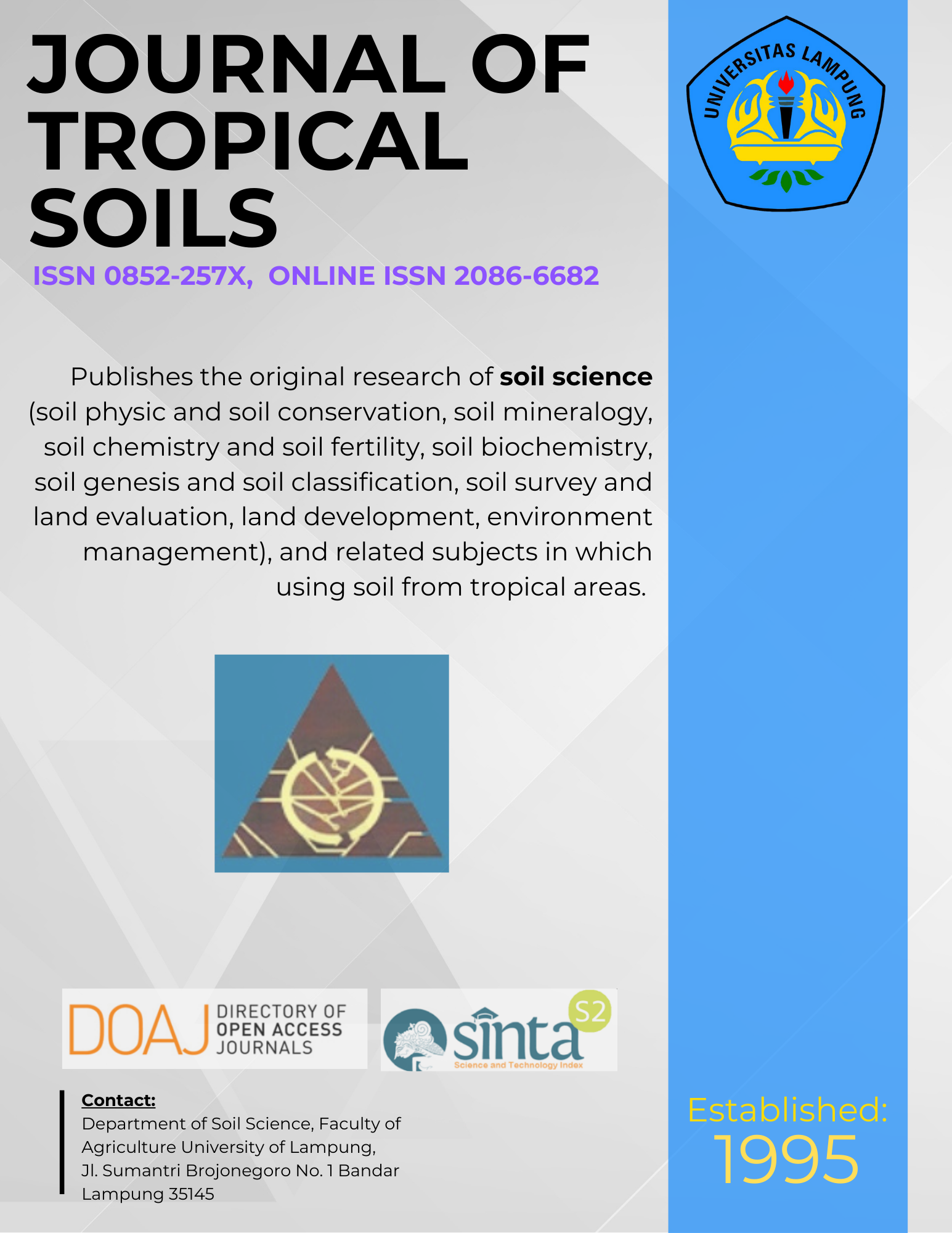Sustainable Dry Land Management Model on Corn Agribusiness System
Main Article Content
Abstract
The study aimed at building model of dry land management. Dynamic System Analysis was used to build model and Powersim 2.51 version for simulating. The parameter used in model were fertilizer (urea, SP-36, ACL), productivity (corn, cassava, mungbean), soil nutrient (N, P, K), crop nutrient requirements (corn, cassava, mungbean, mucuna), price (corn, cassava, mungbeans corn flour, feed, urea, SP-36, KCl), food security credit, area planted of (maize, cassava, mungbean), area harvested of (maize, cassava, mungbean), (corn, cassava, mungbean) production, wages and farmer income. Sustainable indicator for ecology aspect was soil fertility level, economic aspects were productivity and farmer income, and social aspects were job possibility and traditions.  The simulation result indicated that sustainable dry land management can improve soil fertility and increase farmer revenue, became sustainable farming system and farmer society. On the other hand, conventional dry land management decreased soil fertility and yield, caused farmer earnings to decrease and a farm activity could not be continued.  Fertilizer distribution did not fulfill farmer requirement, which caused fertilizer scarcity. Food security credit increased fertilizer application. Corn was processed to corn flour or feed to give value added.Â
Downloads
Article Details
Section
License for Authors
Authors who publish with this journal agree to the following terms:
- Authors retain copyright and grant the journal right of first publication with the work simultaneously licensed under a Creative Commons Attribution License that allows others to share the work with an acknowledgement of the work's authorship and initial publication in this journal.
- Authors are able to enter into separate, additional contractual arrangements for the non-exclusive distribution of the journal's published version of the work (e.g., post it to an institutional repository or publish it in a book), with an acknowledgement of its initial publication in this journal.
- Authors are permitted and encouraged to post their work online (e.g., in institutional repositories or on their website) prior to and during the submission process, as it can lead to productive exchanges, as well as earlier and greater citation of published work (See The Effect of Open Access).
License for Regular Users
Other regular users who want to cite, distribute, remix, tweak, and build upon author’s works, even for commercial purposes, should acknowledge the work’s authorship and initial publication in this journal, licensed under a Creative Commons Attribution License.

